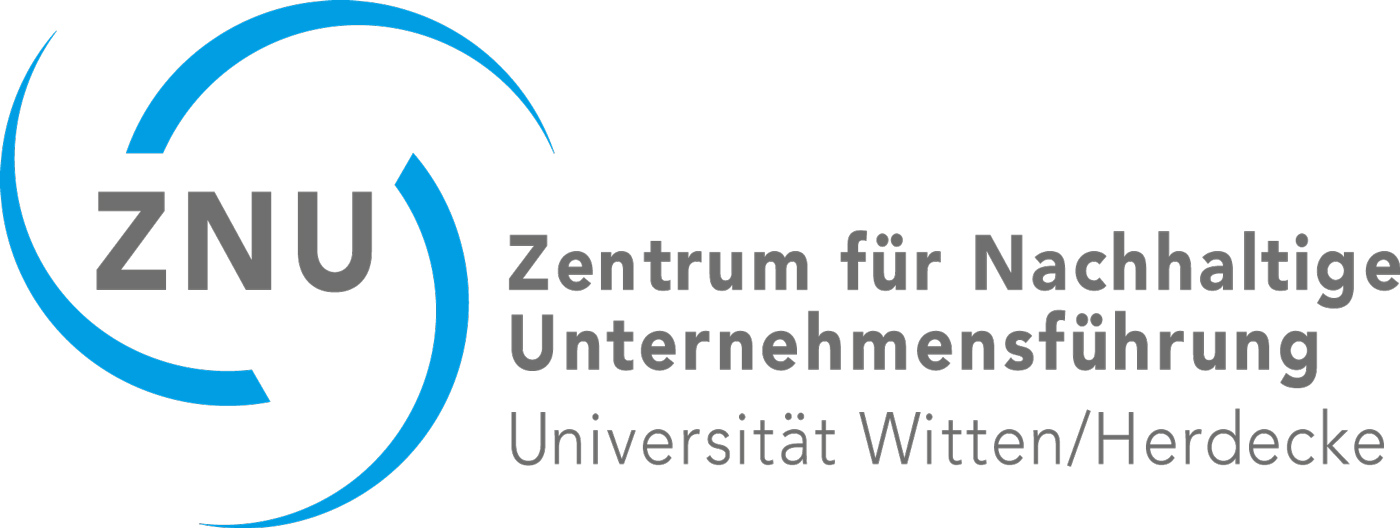Sustainability: Immergut
Sustainability is a very important component of our corporate policy.
We weigh up all our decisions to achieve the best possible results for the environment, people, animals and products. We work sustainably in all areas of the company, both internally and externally. That is why we are being audited on the basis of the ZNU sustainability standard and ISO 14001 for the first time this year. Thereby we are constantly developing further.
In order to fulfil our energy-policy principles, we have already been certified according to the requirements of DIN EN ISO 50001 for several years.
Thus, in a system of collective responsibility, we have created the prerequisites for achieving our medium and long-term sustainability goals.
But we also want to make a difference in the short term!


Our way 2020 - 2024
In the “Environment” area, the focus in recent years has been on our packaging material. The aim was not only to use renewable resources by switching from fossil-based plastics to plant-based plastics, but also to reduce the carbon footprint of our packaging.
In this context, the fossil-based plastic layer of the composite packaging of all our Immergut products should be replaced by a plant-based layer by the end of 2022. The same applies to the lids: here, too, only plant-based plastic should be used.
We have achieved this goal since June 2022! For all Immergut items, both the packaging material and the lids have been changed, thus significantly reducing the CO2 footprint.
From 2023, the “Environment” area then focused on the topic of disposal. The aim is to reduce the total disposal volume to 11.5 kg per 1,000 units produced.
Unfortunately, increasing disposal volumes have been recorded here in recent years. At the end of 2024, the average disposal volume was 20.93 kg per 1,000 units. Unfortunately, this is significantly more than the target set. The cause must now be analyzed accordingly, measures derived and a final evaluation of this key figure carried out.
In terms of sustainable action, we have been focusing on the topic of waste disposal in the “Economy” area for some time. This is important in two respects: on the one hand, high waste volumes result in high disposal costs - an important economic factor. On the other hand, the fundamental avoidance of waste is also an important environmental issue in view of the generally high waste of resources. We set a new focus here in 2023 and have since shifted the reduction of disposal volumes to the “Environment” topic area.
Since 2023, the “Economy” area has therefore included the increase in plant productivity (PTU - Production Time Utilization). PTU describes the percentage of production time actually used after deducting planned downtime. The aim was to increase PTU by a total of 9% to 73.56%. This was an ambitious target, although a significant improvement was already achieved with 68.55% in 2023. This figure was increased again in 2024, meaning that we now have an average PTU of 73.9%. A great success!
In the area of social issues, we have been focusing on occupational safety since 2020. Here we have set ourselves the goal of reducing our lost time due to accidents in relation to the total hours worked. The key figure monitored for this purpose describes the percentage of days lost due to accidents. It thus indicates how long an employee was unable to return to work after an accident at work. Indirectly, it allows conclusions to be drawn about the severity of the accidents. The lower this rate is, the shorter the periods of absence were and the less severe the accidents were.
Looking back, we can now also report initial successes here. We started at the end of 2019 with a rate of 0.2705%. Our goal was to reduce this to 0.250% in 2020. Unfortunately, we were not yet able to achieve this in the first step, so we ended the year with a default rate of 0.2804%. Therefore, it was a matter of course for us to take up the topic of occupational safety again in 2021 and to pursue it consistently. The internal measures we implemented paid off here, so that we were able to reduce the absenteeism rate to 0.2163%. This means that we have not only reached our target of 0.250%, but have even clearly exceeded it!
A great sign of occupational safety in action!
